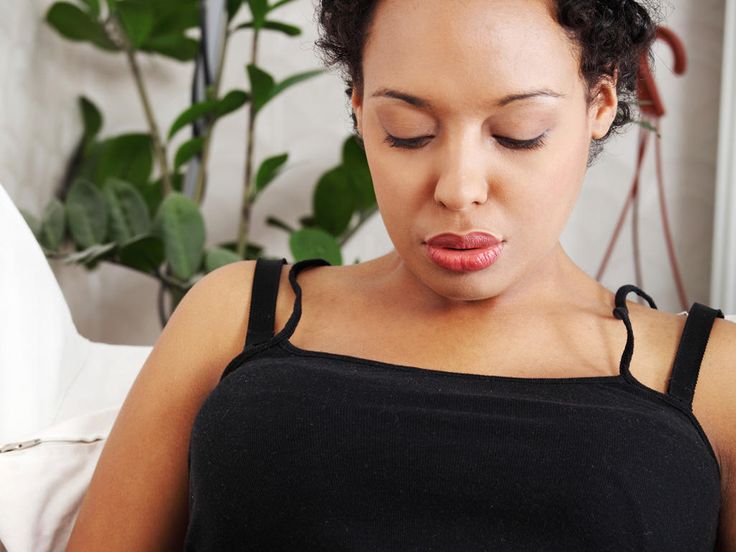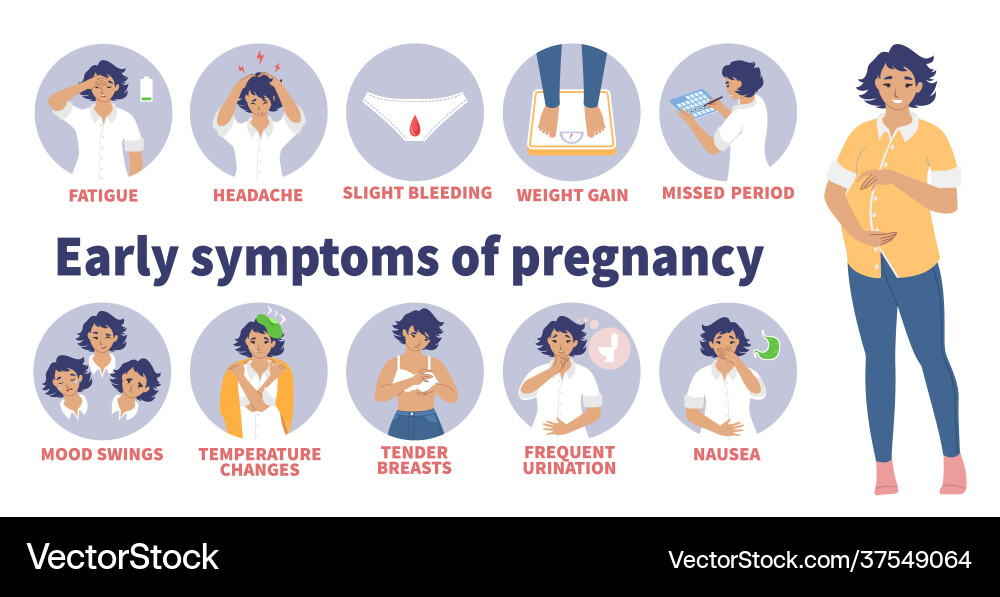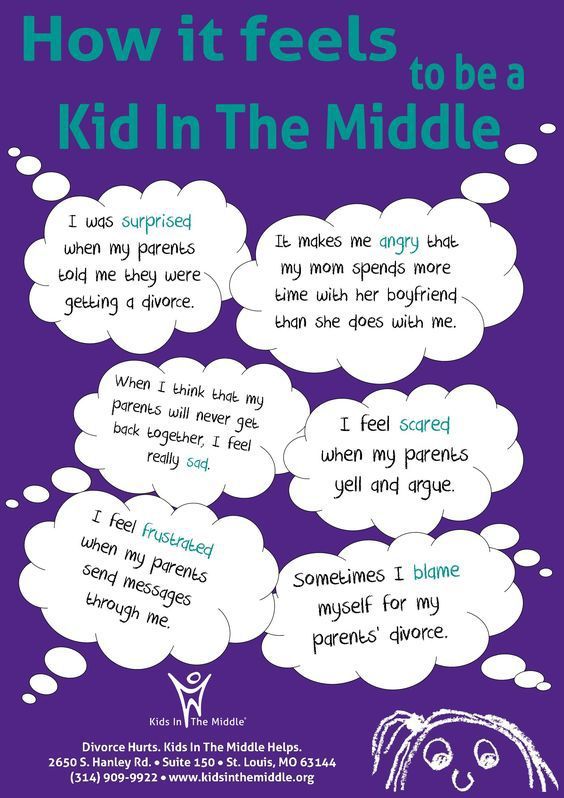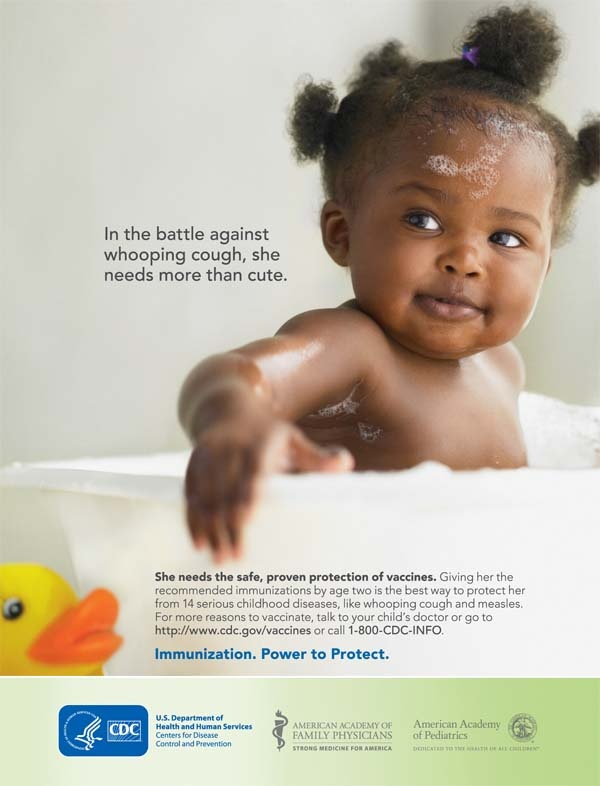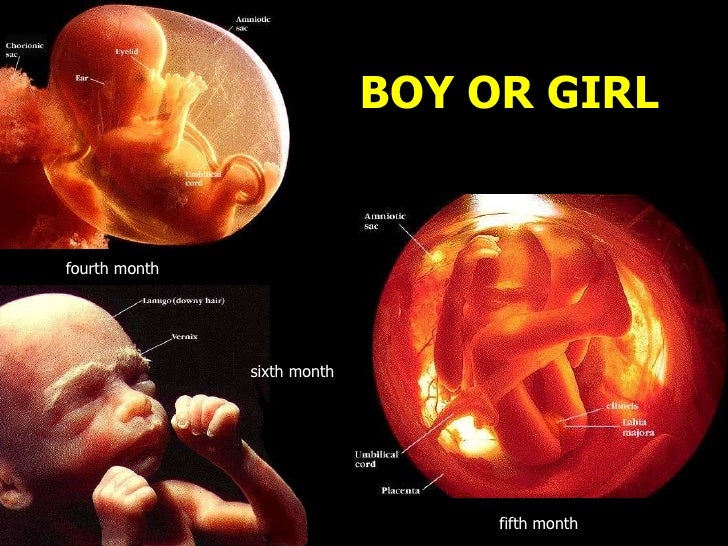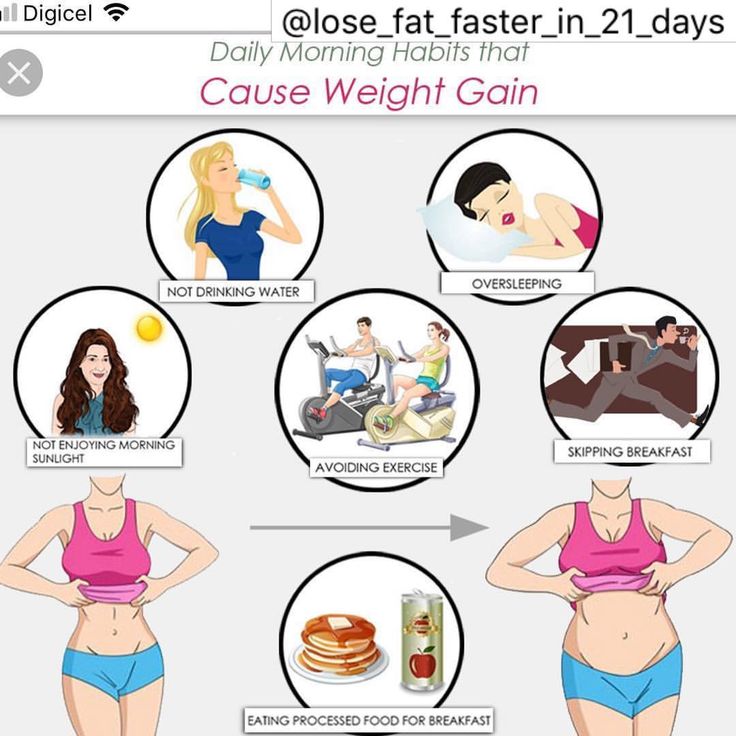How long should a child stay home with hand foot and mouth
Hand-Foot-Mouth Disease (HFMD): Symptoms, Treatment and Prevention
Nationwide Children’s Hospital
Hand-Foot-Mouth Disease (HFMD) is a common childhood illness caused by a virus. It easily spreads from person to person (contagious) when someone comes in contact with the body fluids of an infected person. This can happen by:
- Touching something that has been sneezed, coughed or drooled on
- Breathing in air droplets of the infected person when talking (less than 3 feet)
- Touching something that has been soiled with stool (bowel movement or feces)
- Touching body fluid from a draining sore
It is most common in young children under age 5 years, but teenagers or adults may also get the virus. Most outbreaks occur in the summer and fall. Symptoms of HFMD usually go away without treatment in 5 to 7 days.
Signs and Symptoms
The early symptoms of HFMD are much like a common cold.
- Fever
- Headache
- Sore throat
- Runny nose
A day or two after the fever, you might see:
- Small painful sores (ulcers) on the throat and tonsils
- A rash of very small blisters or red spots on the palms of the hands, soles of the feet, and diaper area. These usually are not itchy.
- Tenderness or pain when touching the palms of the hands and soles of the feet
- Poor appetite due to painful swallowing
After the rash has healed, the skin may peel; but this is harmless.
Treatment
Since HFMD is a virus, antibiotics will not help.
The following may help your child feel better:
- For children older than 6 months, give acetaminophen (Tylenol®) or ibuprofen (Advil®, Motrin®) to help with the headache, fever, and sore throat. Do NOT give ibuprofen to children younger than 6 months. Read the label to know the right dose for the age of your child.
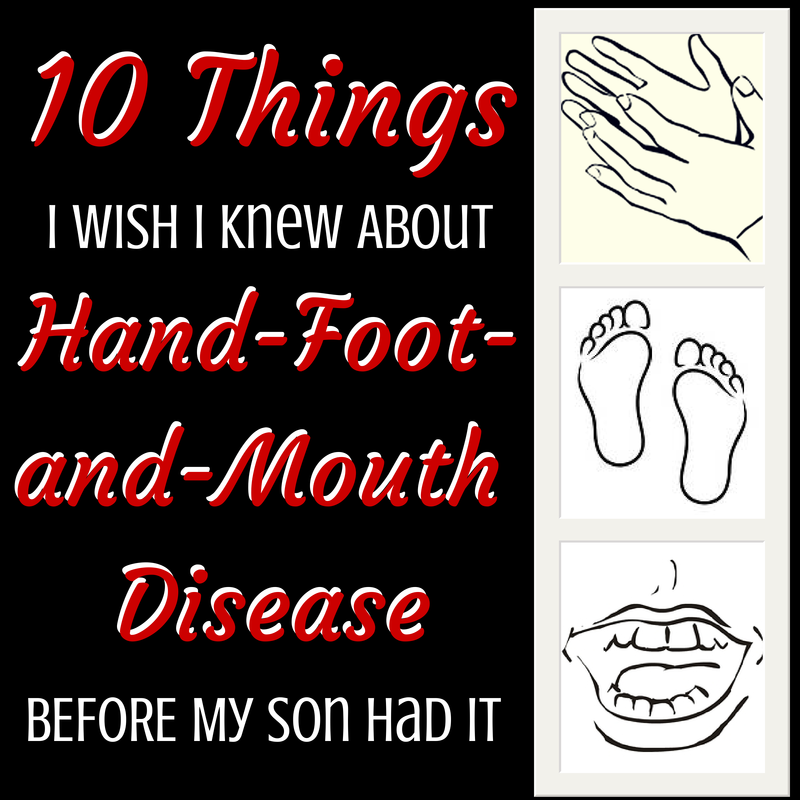
- For children younger than 6 years, do not give over-the-counter (OTC) cold remedies without asking your child’s doctor.
- Do NOT give aspirin or products that contain aspirin. Aspirin has been linked to a disease called Reye’s syndrome, which can be fatal.
- If your child is over one year old, give lots of liquids, such as water, milk, apple juice, and popsicles. Avoid fruit juices that are high in acid, like cranberry juice, orange juice or lemonade. They may irritate the mouth sores (Picture 1).
- If your child is under one year old, continue to give either breastmilk, formula, or both. You can also give Pedialyte®.
- Offer soft foods that are easy to swallow, like applesauce, mashed potatoes, oatmeal, or eggs. Your child may not want to eat much if it hurts
to swallow.
To soothe a sore throat:
- For children over age 1, give warm fluids such as chicken broth or apple juice.
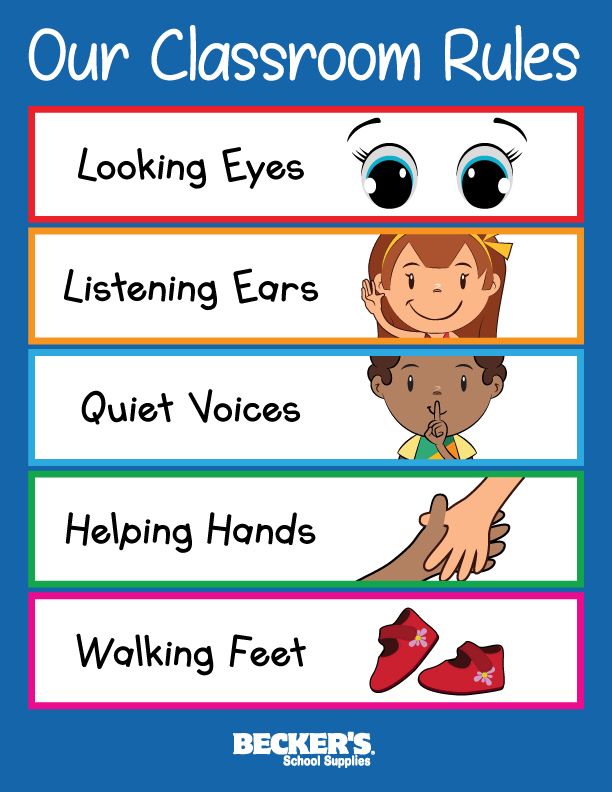 Or, place 1/2 teaspoon of a liquid antacid that does not have aspirin, in the front of the mouth after meals.
Or, place 1/2 teaspoon of a liquid antacid that does not have aspirin, in the front of the mouth after meals. - For children over 4 years, use throat lozenges or sprays. None should contain benzocaine, which can be harmful to children. Or, rinse the mouth after meals with 1 teaspoon of a liquid antacid that does not contain aspirin.
- For children over 6 years who are able to gargle without swallowing, use a mixture of 1/4 to 1/2 teaspoon of salt to one 8 ounce glass of warm water. Swish and gargle the mixture 2 to 3 times a day, as needed. Do not let your child swallow the salt water; have him spit it out.
When to Call the Doctor
Call the doctor if your child has:
- Neck pain or chest pain
- Pus, drainage, swelling, or a large area of redness around any sores
- Trouble swallowing
- Signs of dehydration
- Dry or sticky mouth,
- An infant’s “soft spot” pulling in
- No tears, sunken eyes
- No wet diaper for 4 to 6 hours (infants and toddlers)
- Very dark urine, or
- No urination in 6 to 8 hours (older children)
- Younger than 3 months and has a rectal temperature of 100.
 4˚ F or higher
4˚ F or higher - Older than 3 months and has a rectal or armpit (axillary) temperature more than 102˚ F that does not come down with medicine
- 4 years or older, has an oral temperature more than 102˚ F for more than 3 days that does not come down with medicine
- Seizures, is overly tired, not able to focus, or has a hard time communicating or waking up
- Does not get better in a few days
Prevention
There is no vaccine to prevent HFMD. The virus spreads easiest during the first week the person is sick. It can stay in the body for weeks after your child feels better and still be a problem to others. To prevent spreading HFMD:
- Teach your child not to touch the rash, avoid putting his fingers or toys in his mouth, and not rub his eyes.
- Teach your child to sneeze or cough into a tissue or his or her shirt sleeve.
- Wash your hands with soap and water often. Wash after touching the rash, going to the bathroom, before handling food, before eating, and after changing a diaper.
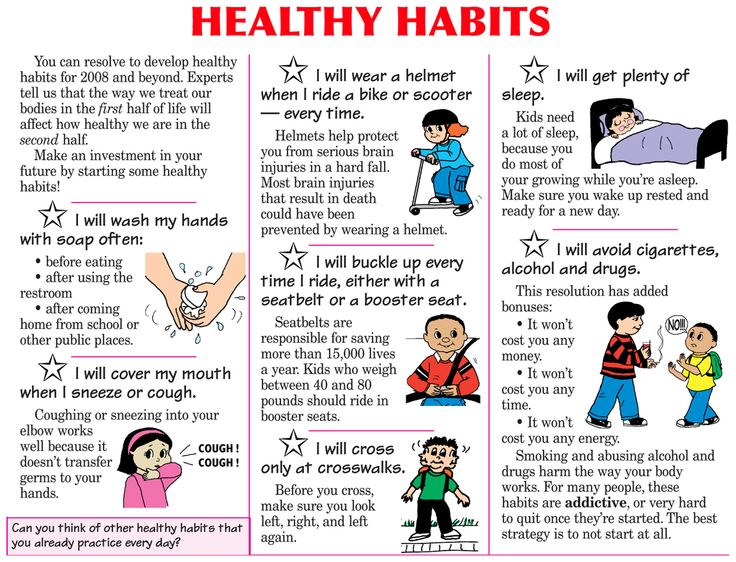 Also, teach your child to wash his or her hands often.
Also, teach your child to wash his or her hands often. - Disinfect bathrooms, toys, and other objects that your child touches with soap and water, or other household disinfectant. The virus can live on these things for days.
- Do not share drinking cups, eating utensils, napkins, or personal items like towels and brushes.
- Avoid hugging and kissing a child who is infected.
When to return to school or daycare
Tell the daycare or the school that your child has Hand-Foot-Mouth Disease. It is important for the school personnel to know so staff and parents can be told to watch for symptoms.
Your child should stay home from school or childcare until he or she has no fever for 24 hours and the mouth sores and open blisters have healed.
Hand-Foot-Mouth Disease (PDF)
HH-I -211 11/01, Revised 8/18 Copyright 2001, Nationwide Children’s Hospital
You Might Also Be Interested In
Blog
What You Need to Know About Herpes Mouth Sores
Blog
Hand-Foot-Mouth Disease: Causes, Symptoms and Treatment
Podcast
PediaCast 414: Back to School, Audience Q&A
Hand, Foot & Mouth Disease: Parent FAQs
Hand, foot, and mouth disease is a common childhood virus that pediatricians, child care centers and preschools see in summer and early fall.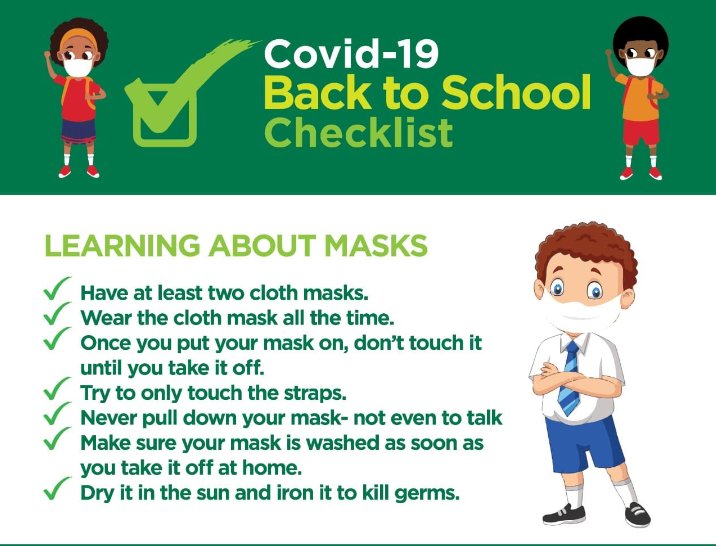
Most parents want to know what exactly hand, foot, and mouth disease is, how to help their child cope with the discomfort it causes, and most of all when their child can go back to child care or school. Read on for answers to these and more frequently asked questions.
What is hand, foot, and mouth disease?
Despite its scary name, hand, foot, and mouth disease is a common, contagious illness caused by different viruses. It typically affects infants and children under age 5, but older kids and adults can catch it as well.
What are the signs and symptoms?
From the time the child is exposed to hand, foot, and mouth disease, it takes 3 to 6 days for the first symptoms to show up. This is called the incubation period. It usually starts with a fever, sore throat, and runny nose—much like the common cold—but then a rash with tiny blisters may start to show up on the following body sites:
In the mouth
On the inner cheeks
Gums
Sides of the tongue
Top of the mouth
Fingers
Palms of hands
Soles of feet
Buttocks
Note: One, few, or all of these body sites may have blisters.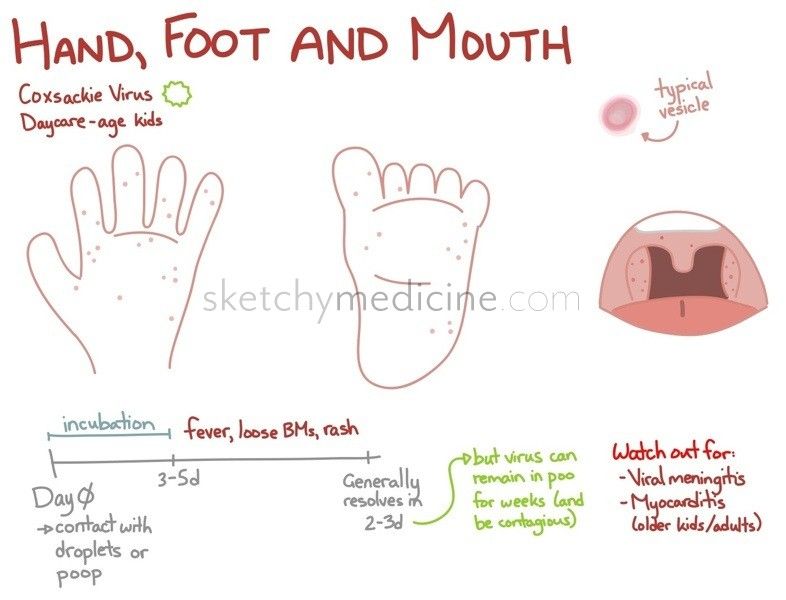
Symptoms are the worst in the first few days but are usually completely gone within a week. Peeling of the fingers and toes after 1 to 2 weeks can happen, but it is harmless.
How is hand, foot, and mouth disease diagnosed?
Your pediatrician can tell if your child has hand, foot, and mouth disease based on the symptoms you describe and by looking at your child's mouth sores and rash. Depending on how severe your child's symptoms are, your pediatrician may collect samples from your child's throat send them to a lab for testing.
If your child is diagnosed with hand, foot, and mouth disease, make sure to inform your child's child care provider or school. They may need to inform other parents and staff members about watching for symptoms.
What is the treatment?
There isn't any medicine to treat or cure hand, foot, and mouth disease. The only thing parents can do is ease the fever and pain with acetaminophen or ibuprofen.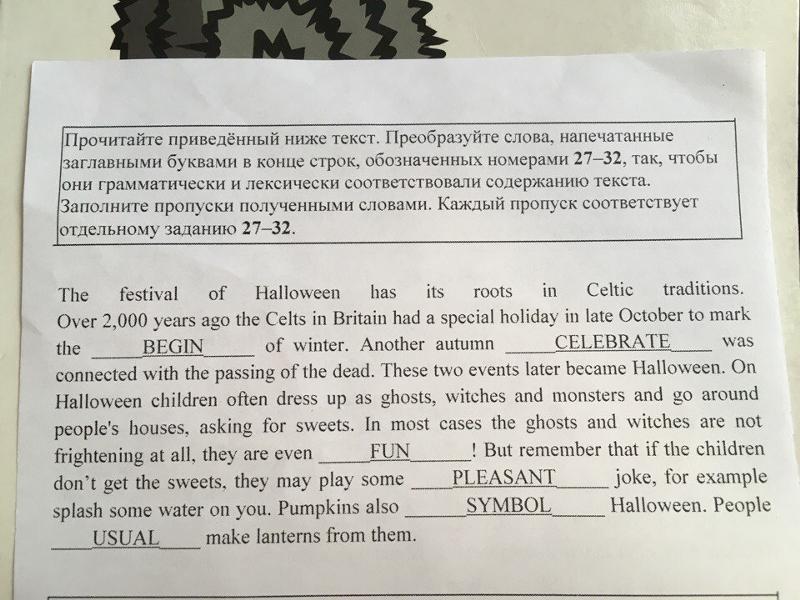 Call your pediatrician if your child's fever lasts more than 3 days or if he or she is not drinking fluids.
Call your pediatrician if your child's fever lasts more than 3 days or if he or she is not drinking fluids.
For mouth pain:
In children over age 1 year, parents can consult with their doctor as a variety of liquid mouth-soothing remedies may be useful to alleviate mouth ulcer pain. Do not use regular mouth washes, because they sting.
Avoid dehydration:
Children with hand, foot, and mouth disease need to drink plenty of fluids. Call your pediatrician now or go to the ER if you suspect your child is dehydrated. See Signs of Dehydration in Infants & Children for more information.
How long is it contagious?
You are generally most contagious during the first week of illness. But, children with hand, foot, and mouth disease may shed the virus from the respiratory tract (nose, mouth and lungs) for 1-3 weeks and in the stool for weeks to months after the infection starts.
How is hand, foot, and mouth disease spread?
The virus causing hand, foot, and mouth disease is usually spread through person-to-person contact in different ways:
Respiratory route:
Contact with large droplets that form when a child talks, coughs, or sneezes.
 These droplets can land on or be rubbed into the eyes, nose, or mouth. Most of these droplets do not stay in the air; usually, they travel no more than 3 feet and fall onto the ground.
These droplets can land on or be rubbed into the eyes, nose, or mouth. Most of these droplets do not stay in the air; usually, they travel no more than 3 feet and fall onto the ground.
Fecal-oral route:
- Contact with stool of children who are infected. This generally involves a sick child dirtying his own fingers and then touching an object that another child touches. The child who touched the contaminated surface then puts her fingers into her own mouth.
How can I help prevent and control the spread of hand, foot, and mouth disease?
Teach your children to cover their mouths and noses when sneezing or coughing with a disposable tissue, if possible, or with an arm sleeve if no tissue is available. Teach everyone to wash their hands right after using tissues or having contact with mucus. Change or cover contaminated clothing.
Wash your hands after changing diapers. Parents can spread the virus to other surfaces by coming in contact with any feces, blister fluid or saliva.
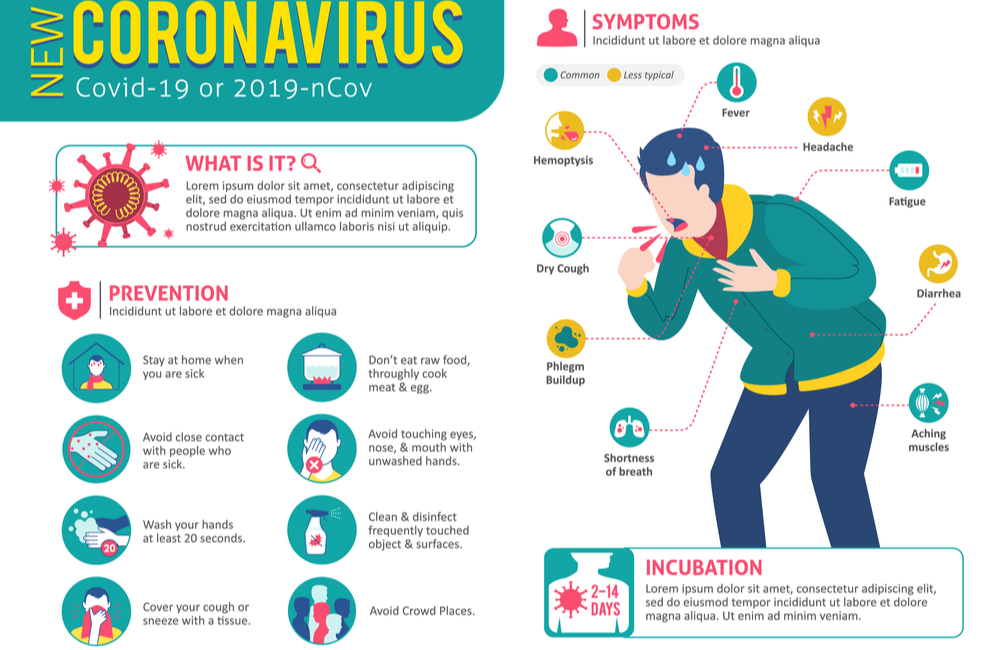
Clean, rinse, and sanitize toys that may have come in contact with your child's saliva.
Prevent sharing of food, drinks, and personal items that may touch your child's mouth, such as eating utensils, toothbrushes, and towels.
Protect other children in the house. Make sure they do not come in close contact with the child who is infected. Kissing, hugging, and sharing cups and utensils can spread the infection quickly. If your children share a room, separate them while the sick child is contagious.
Disinfect any surfaces your child touches frequently—this may be helpful to prevent a sibling from getting hand, foot, and mouth disease (and it is doable if you're are careful about cleaning surfaces).
Can my child go to school or child care with hand, foot, and mouth disease?
Yes, except for when:
The child is not feeling well enough to participate in class or has a fever.
The teacher or child care provider feels he or she cannot take care of the child without compromising care for the other children in the class.
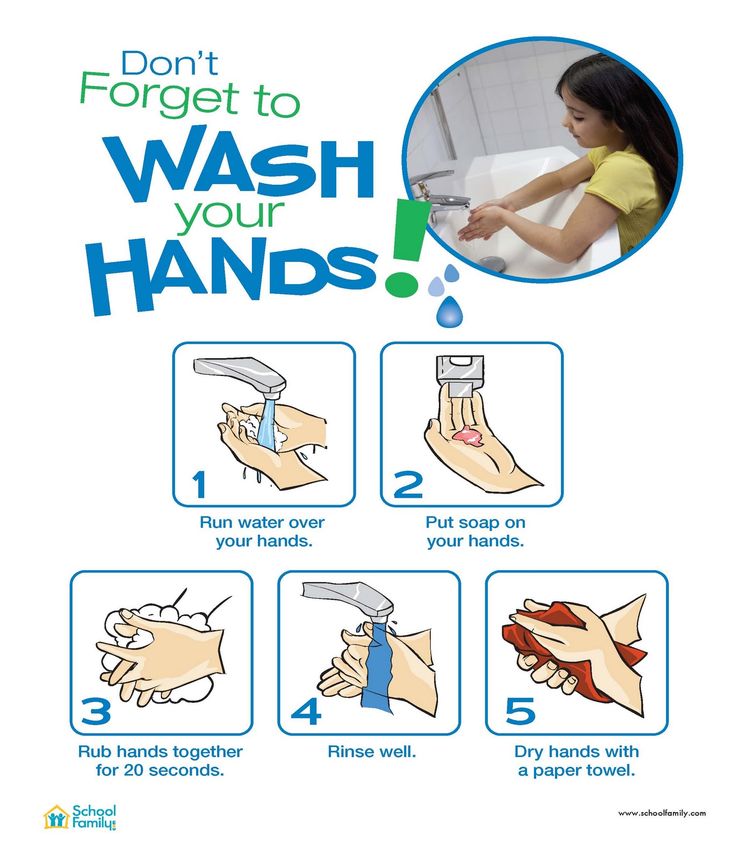 Excessive drooling from mouth sores might be a problem that people find difficult to manage.
Excessive drooling from mouth sores might be a problem that people find difficult to manage. The child has many open blisters. It usually takes about 7 days for the blisters to dry up.
The child meets other exclusion criteria.
Note: Exclusion from child care or school will not reduce the spread of hand, foot, and mouth disease because children can spread the virus even if they have no symptoms and the virus may be present in the stool for weeks after the symptoms are gone
When can my child go back to school or child care?
A child can return to school or child care after all of the exclusion criteria (listed above) are resolved and the child feels well enough to participate. Talk with your child's pediatrician if you are not sure when your child should return to school or child care.
If my child has already had hand, foot, and mouth disease can he or she get it again?
Yes. A child can have repeat infections with the same type of virus or different viruses that cause hand, foot, and mouth disease.
Additional Information & Resources:
Preventing the Spread of Illness in Child Care or School
Germ Prevention Strategies
The Healthy Children Show: Fever (Video)
Hand, Foot & Mouth Disease (CDC.gov)
The information contained on this Web site should not be used as a substitute for the medical care and advice of your pediatrician. There may be variations in treatment that your pediatrician may recommend based on individual facts and circumstances.
Child development at different age stages
CHILD DEVELOPMENT AT DIFFERENT AGE STAGES
Infancy (first year of life)
When a child is born, it physically separates from its mother. He finds himself in completely different conditions: cold, bright light, an air environment that requires a different type of breathing, the need to change the type of food. To adapt to these new, alien conditions, the child is helped by hereditarily fixed mechanisms - unconditioned reflexes.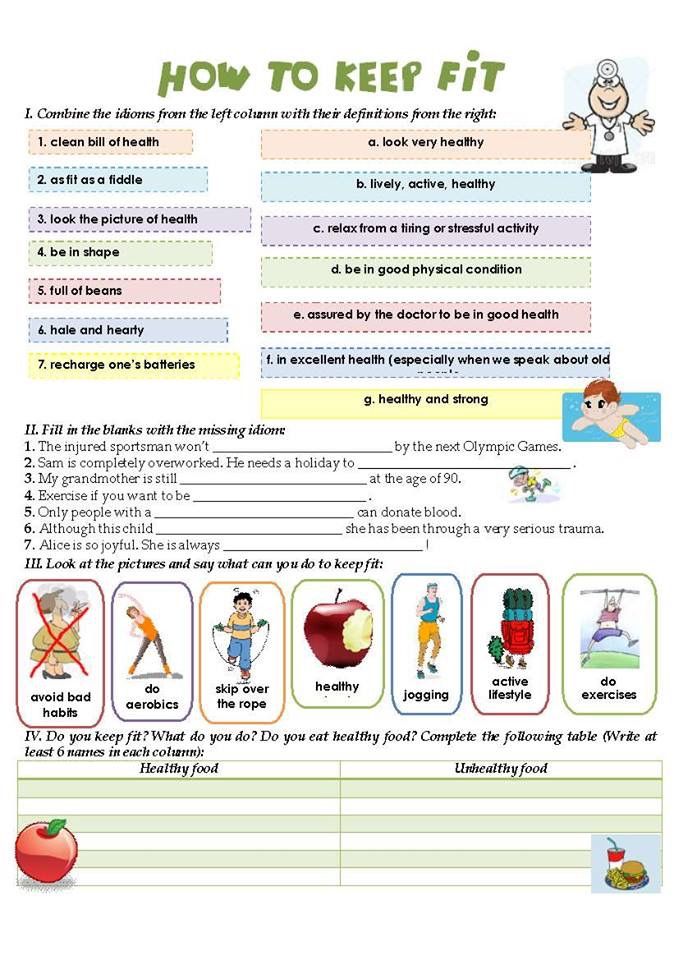 nine0007
nine0007
What kind of unconditioned reflexes does a newborn have?
This is, first of all, a system of food reflexes. When touching the corners of the lips or tongue, sucking movements appear, and all other movements are inhibited. Because the baby is completely focused on suckling, this response has been called "feeding focus".
Among the unconditioned reflexes, protective and indicative ones stand out. Some reflexes are atavistic - they are inherited from animal ancestors, but are useless for the child and soon disappear. So, for example, the reflex, sometimes called the "monkey", disappears already in the second month of life. nine0007
Unconditioned reflexes of the newborn
Stimuli Reflexes
Action of bright light Eyes close
Slap on the bridge of the nose Eyes close
Hand clap near the baby's head Eyes close
Turning the baby's head to the right Arms flex rapidly
Finger pressing on child's palm Child's toes clenching and unclenching
Finger pressing on child's soles Toes clenching
With a scratching movement, we draw a finger along the sole from the fingers to the heel The big toe rises, the rest are extended
Prick the sole with a pin Knee and foot bend
Raise the lying child with the stomach down The child tries to raise his head, stretches his legs
By the end of the first month of life, the first conditioned reflexes .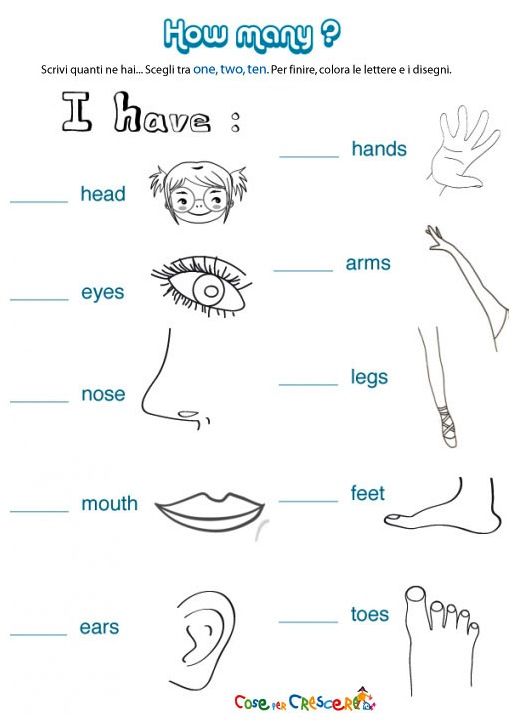 In particular, the child begins to respond to the feeding position: as soon as he is in a certain position on the mother's lap. v him there are sucking movements. But in general, the formation of conditioned reflexes is characteristic of a later time. nine0005 How can you describe the mental life of a newborn? The brain of a small child continues to develop, it is not fully formed, therefore, mental life is associated mainly with subcortical centers, as well as an insufficiently mature cortex. The sensations of a newborn are undifferentiated and inextricably merged with emotions, which made it possible for L. S. Vygotsky to speak of “sensory emotional states or emotionally emphasized states of sensations.”
In particular, the child begins to respond to the feeding position: as soon as he is in a certain position on the mother's lap. v him there are sucking movements. But in general, the formation of conditioned reflexes is characteristic of a later time. nine0005 How can you describe the mental life of a newborn? The brain of a small child continues to develop, it is not fully formed, therefore, mental life is associated mainly with subcortical centers, as well as an insufficiently mature cortex. The sensations of a newborn are undifferentiated and inextricably merged with emotions, which made it possible for L. S. Vygotsky to speak of “sensory emotional states or emotionally emphasized states of sensations.”
Important events in the child's mental life are the emergence of auditory and visual concentration. Auditory concentration appears at 2-3 weeks. A sharp sound, say, of a door slamming, causes a cessation of movements, the child freezes and becomes silent. Later, at 3-4 weeks, the same reaction occurs to the person's voice.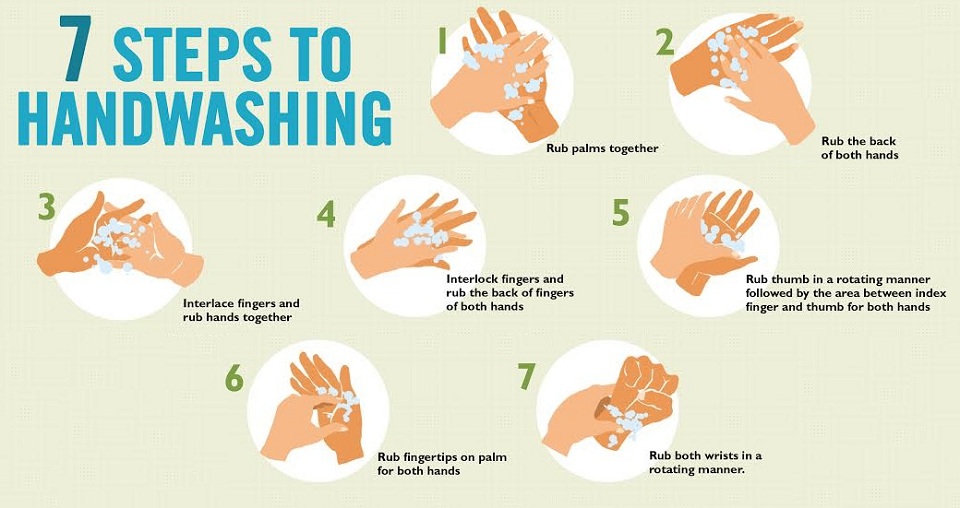 At this time, the child not only focuses on the sound, but also turns his head towards its source. Visual concentration, which appears at 3-5 weeks, outwardly manifests itself in the same way: the child freezes and holds his gaze (of course, not for long) on a bright object. nine0007
At this time, the child not only focuses on the sound, but also turns his head towards its source. Visual concentration, which appears at 3-5 weeks, outwardly manifests itself in the same way: the child freezes and holds his gaze (of course, not for long) on a bright object. nine0007
Newborn spends time in sleep or drowsiness. Gradually, separate moments, short periods of wakefulness, begin to stand out from this drowsy state. Auditory and visual concentration give wakefulness an active character.
A child comes into this world weak and completely helpless. Such helplessness, complete dependence on an adult constitute the specifics of the social situation of the development of an infant.
The newborn, having acquired the ability to respond to the voice of the mother caring for him, to see her face, establishes new subtle emotional bonds with her. At about 1 month, the baby, when he sees his mother, stops looking at her face, throws up his arms, quickly moves his legs, makes loud noises and begins to smile. This stormy emotional reaction has been called the "revitalization complex". The revitalization complex, which includes a truly human feature - a smile - marks the appearance of the first social need - the need for communication. And the formation of a child's need for communication means that in his mental development he is moving into a new period. The transitional stage of the newborn is coming to an end. Infancy begins. nine0007
This stormy emotional reaction has been called the "revitalization complex". The revitalization complex, which includes a truly human feature - a smile - marks the appearance of the first social need - the need for communication. And the formation of a child's need for communication means that in his mental development he is moving into a new period. The transitional stage of the newborn is coming to an end. Infancy begins. nine0007
Infancy
The baby is growing rapidly. The growth of a healthy child during the first year of his life increases by about 1.5 times, and weight - by almost 2 times.
Physical development of the infant
Time of onset Motor development
1 month Raises chin
2 months Raises chest
3 months Reaches for an object, but usually misses
4 months Sitting with support
5-6 months Grasping objects
7 months Sitting no support
8 months Sitting up unaided
9 months Standing with support; crawls on stomach
10 months Crawls on hands and knees; walks with two hands
11 months Stands without support
12 months Walks with one hand
Perception .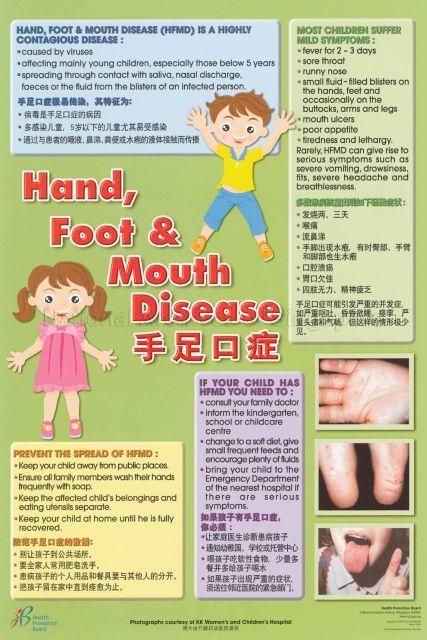 After the second month, the concentration becomes quite long, by 3 months its duration reaches 7-8 minutes. At 4 months, the child not only sees, but already looks: he actively reacts to what he sees, moves and squeals. nine0005 A child in infancy perceives the shape of objects, highlights the contour and their other elements.
After the second month, the concentration becomes quite long, by 3 months its duration reaches 7-8 minutes. At 4 months, the child not only sees, but already looks: he actively reacts to what he sees, moves and squeals. nine0005 A child in infancy perceives the shape of objects, highlights the contour and their other elements.
It can be said that in infancy, children are already able to navigate in many parameters of objects. They are attracted by contrasts, the movement of observed objects and their other properties.
By 2-3 months, babies usually show interest in objects that are somewhat different from those they have seen before.
The child distinguishes visually perceived objects by shape, complexity and color. An active interest in color appears later, from 6 months. nine0005 Spatial perception also develops, in particular depth perception. American psychologists conducted a beautiful experiment with a "cliff": the baby was placed on a glass table, under which there were two large boards attached at different levels. The difference in the levels of these boards, covered with bright, large-sized fabric, created the illusion of a cliff. A small child, tactilely feeling the smooth surface of the glass, crawls to the mother, not noticing the depth. After 8 months, most babies avoid the "cliff" and start crying. nine0005 Movement and action. The movements of the baby's hands directed to the object, the palpation of the object appear at about the fourth month of life. At 5-6 months, the child can already grasp an object, which requires complex visual-motor coordination. Grasping is the first purposeful action of the child, it is a prerequisite, the basis for mastering manipulations with objects.
The difference in the levels of these boards, covered with bright, large-sized fabric, created the illusion of a cliff. A small child, tactilely feeling the smooth surface of the glass, crawls to the mother, not noticing the depth. After 8 months, most babies avoid the "cliff" and start crying. nine0005 Movement and action. The movements of the baby's hands directed to the object, the palpation of the object appear at about the fourth month of life. At 5-6 months, the child can already grasp an object, which requires complex visual-motor coordination. Grasping is the first purposeful action of the child, it is a prerequisite, the basis for mastering manipulations with objects.
In the second half of the year, hand movements and corresponding actions are intensively developed. The child swings the objects he has grasped, knocks, throws and picks them up again, bites, shifts from hand to hand, etc. Chains of identical, repetitive actions unfold, which Jean Piaget called circular reactions.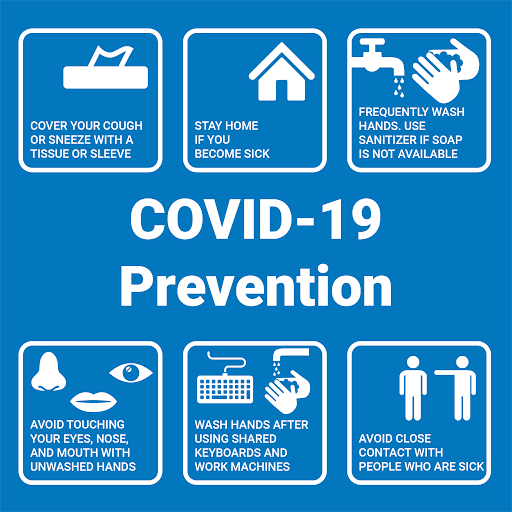 After 7 months there are "correlating" actions: the child puts small objects into large ones, opens and closes the lids of the boxes. After 10 months, the first functional actions appear, allowing relatively correct use of objects, imitating the actions of adults. The child rolls the car, beats the drum, brings a cup of juice to his mouth. nine0007
After 7 months there are "correlating" actions: the child puts small objects into large ones, opens and closes the lids of the boxes. After 10 months, the first functional actions appear, allowing relatively correct use of objects, imitating the actions of adults. The child rolls the car, beats the drum, brings a cup of juice to his mouth. nine0007
By the end of the year, the child begins to explore the world of human objects and learn the rules of action with them. A variety of actions lead him to the discovery of more and more new properties of the objects surrounding him. Focusing on the surrounding reality, he is interested not only in "what it is", but also in "what can be done with it."
Perception and action is the basis that makes it possible to judge the initial forms of visual-active thinking in infancy.
By the end of the 1st year, the child is involved in rather complex actions of the game. nine0005 Memory. The cognitive development of an infant involves the inclusion of memory mechanisms, of course, its simplest types.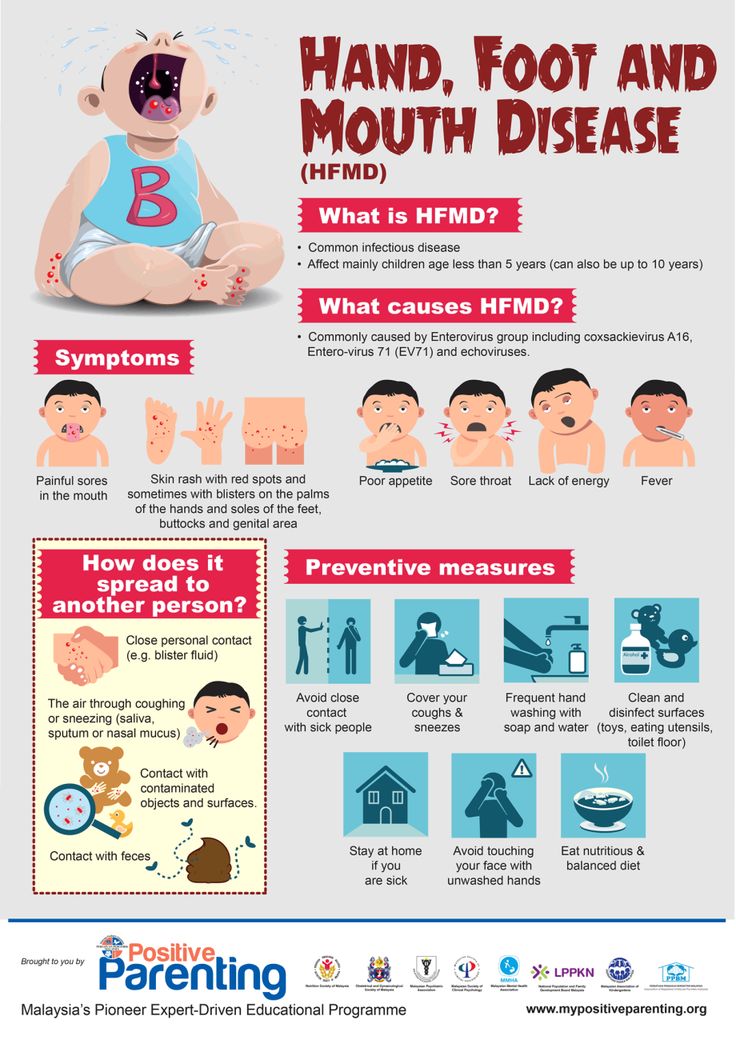 Recognition comes first. At 3-4 months old, he recognizes the toy that the adult showed him, preferring it to others that are in his field of vision, a 4-month-old child distinguishes a familiar face from an unfamiliar one.
Recognition comes first. At 3-4 months old, he recognizes the toy that the adult showed him, preferring it to others that are in his field of vision, a 4-month-old child distinguishes a familiar face from an unfamiliar one.
After 8 months, reproduction appears - the restoration of an image in the memory when there is no similar object in front of the child.
Along with cognitive development, emotional development is also observed during infancy. This line of development also directly depends on communication with close adults. In the first 3-4 months, children manifest a variety of emotional states: surprise in response to the unexpected (slowing down of movements, a decrease in heart rate), anxiety in case of physical discomfort (increased movements, increased heart rate, closing eyes, crying), relaxation when a need is satisfied. nine0005 After 3-4 months, he smiles at acquaintances, but is somewhat lost at the sight of an unfamiliar adult. At 7-8 months, anxiety increases sharply when strangers appear.
Approximately at the same time, between 7 and 11 months, the so-called "fear of parting" appears - sadness or acute fright at the disappearance of the mother (when she is gone for a long time or she just went out for a while).
Communicating with mother or other close person, by the end of 1 year the baby strives not only for purely emotional contacts, but also for joint actions. nine0005 Begins in infancy and speech development. In the first half of the year, speech hearing is formed, and the child himself, with joyful animation, makes sounds, usually called humming. In the second half of the year, babbling appears, in which one can distinguish some repetitive sound combinations, most often associated with the actions of the child. Babble is usually combined with expressive gestures. By the end of 1 year, the child understands 10-20 words spoken by adults, and he himself pronounces one or several of his first words, similar in sound to the words of adult speech. With the appearance of the first words, a new stage in the mental development of the child begins.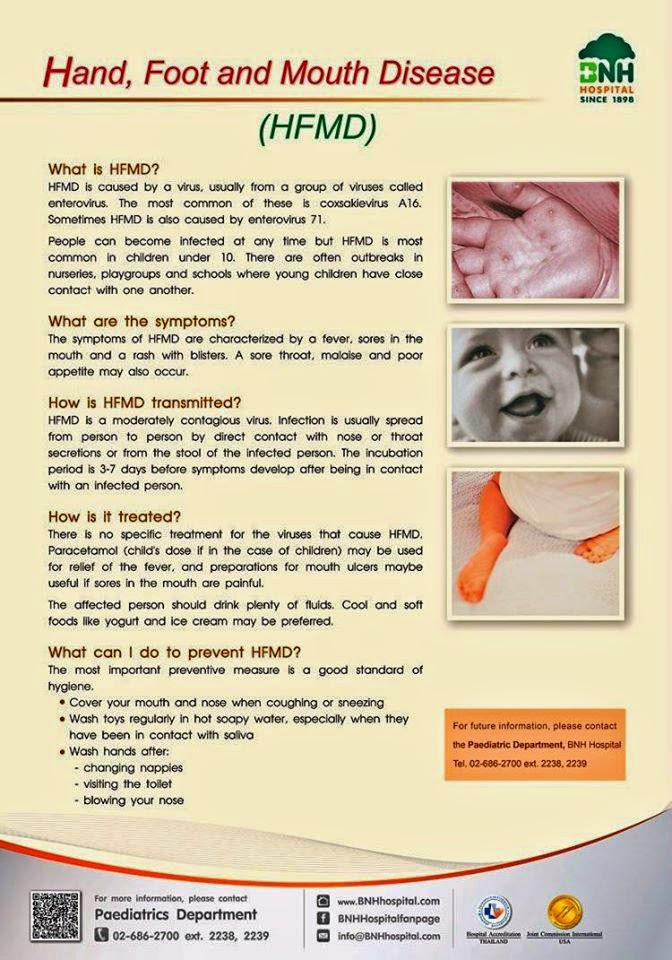 nine0007
nine0007
Crisis of 1 year
The transition period between infancy and early childhood is commonly referred to as the crisis of 1 year. Like any crisis, it is associated with a surge of independence, the emergence of affective reactions. Affective outbursts in a child usually occur when adults do not understand his desires, his words, his gestures and facial expressions, or understand, but do not do what he wants. The word "impossible" in a crisis period is of particular relevance.
The main acquisition of the transitional period is a kind of children's speech, which L. S. Vygotsky called autonomous. It differs significantly from adult speech both in sound form (phonetic structure) and in meaning (semantic side). The child has his own logic, and his words become ambiguous and situational. nine0005 A young child's language is agrammatic. Words do not combine into sentences, but pass into each other like interjections, resembling a series of incoherent exclamations.
Children's speech is understandable only to the closest people who are constantly next to the child and understand the meaning of his words.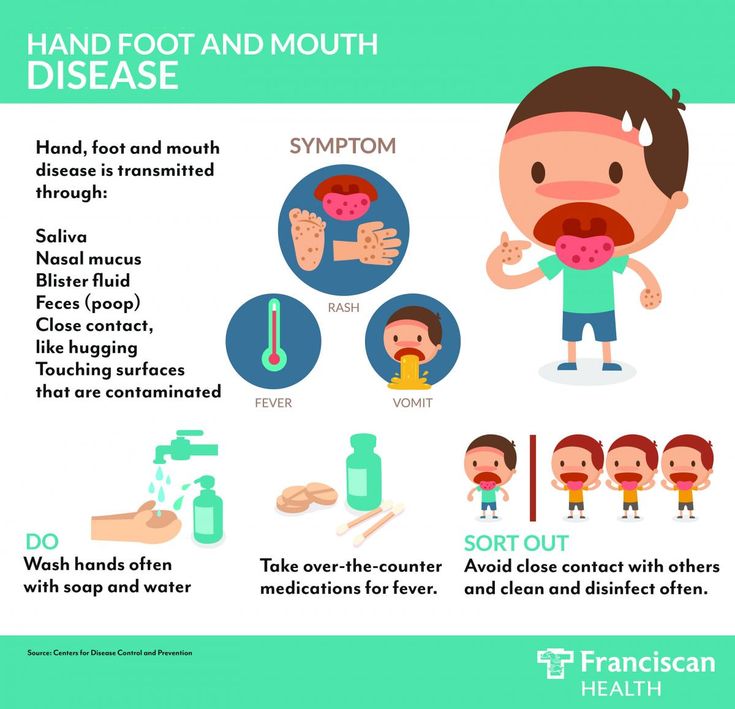
So, a one-year-old child, entering a new period - early childhood - already can do a lot: he walks, or at least tries to walk; performs various actions with objects; his actions and perceptions can be organized with the help of speech, since he understands the words of adults addressed to him. He begins to speak and, although his speech is situational and ambiguous, incomprehensible to most of those around him, his opportunities for communicating with loved ones are greatly expanded. The cognitive and emotional development of the child is based primarily on the need to communicate with adults - the central neoplasm of this age period. nine0007
How to help the baby when regulating
Support Support iconKeywords for searching
Home Home ›!! How to help a child in sprinkling
Home Home a very special time for a mother and her newborn baby. Together with the feeling of closeness and affection that feeding brings, understanding its nuances cannot but raise many questions, including the question of how to help an infant spit up. Regurgitation in a newborn is by no means always the result of a simple pat on his back. nine0005
Regurgitation in a newborn is by no means always the result of a simple pat on his back. nine0005
In this article, we'll talk about the basics of helping a newborn spit up, as well as other questions you may have about spitting up.
Why do babies spit up?
Let's get this straight: Why do newborns need to burp in the first place? During feeding, children usually swallow extra air - this is called aerophagy. Spitting up helps prevent this air from entering the intestines, as well as vomiting, gas, and crankiness in the baby. To avoid the return of milk after feeding, you should give the baby the opportunity to burp more often. nine0007
How to help a newborn spit up?
During the first six months, the baby should be kept upright in a column for 10-15 minutes after each feed. This will help keep the milk in his stomach, but if the baby occasionally burps anyway, parents need not worry. While carrying your baby in an upright position, you can put a baby diaper or wipes on your shoulder to keep your clothes clean.
We have already seen why spitting up is important, now let's find out how to help your baby spit up. Parents should gently pat the baby on the back with a hand folded in a handful until he burps. Folding your hand into a handful is important because clapping with a flat palm may be too strong for an infant.
Every baby is different and there is no one right position for spitting up. To get started, you can try the following options:
- Sitting position with the baby on the chest. In this position, the parent puts the baby's head with his chin on his shoulder and with one hand supports the baby under the back. With the other hand, you can gently pat the baby on the back. This method is most effective in a rocking chair or when the baby is gently rocking. nine0135
- Holding the child upright on your legs. With one hand, parents can hold the baby by the back and head, supporting his chin and placing his palm on the baby’s chest, with the other hand, you can gently pat him on the back.
 At the same time, it is important to be careful: do not press the child on the throat, but only gently support his chin.
At the same time, it is important to be careful: do not press the child on the throat, but only gently support his chin. - Holding a baby on your lap while lying on your tummy. Make sure his head is above his chest and gently pat your baby on the back until he burps. nine0005
Here are some tips on how best to help your newborn spit up:
- Let your baby spit up during feeding. If the baby is restless or has swallowed air, it is worth giving him the opportunity to burp during feeding, and not just after.
- When bottle feeding, let the newborn burp after every 50-60 ml.
- When breastfeeding, let the baby burp at each breast change. nine0005
It is important to let your baby spit up after eating, even if he spit up during feeding!
If your baby is gassy, spit up more often. Also, if he vomits frequently or suffers from gastroesophageal reflux disease (GERD), have him spit up after every 30 ml bottle-feeding or every five minutes while breastfeeding.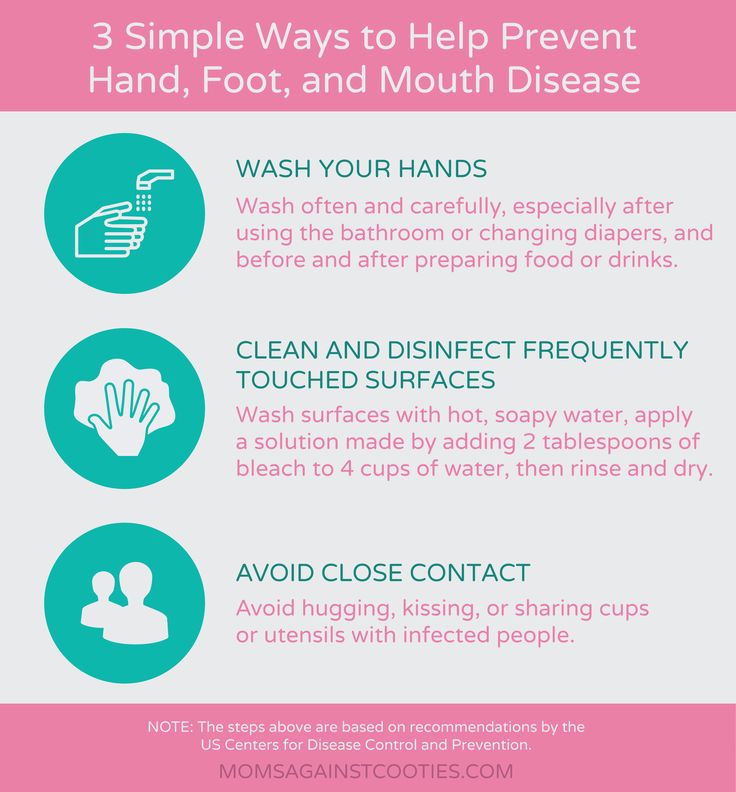
How long should a baby be held for it to burp? It's different for everyone, but generally keeping a newborn upright for 15 to 20 minutes after a feed helps the milk stay in the baby's stomach. nine0007
Minimize the amount of air you swallow. Gas production and regurgitation result from aerophagia during feeding. The baby will inevitably swallow air, but there are ways to prevent it from swallowing too much. Whether you bottle feed your baby or combine breastfeeding with bottle feeding, the Philips Avent anti-colic bottle with AirFree valve is designed so that the nipple is always filled with milk without excess air, even in a horizontal position, thus preventing the baby from swallowing excess air during feeding. nine0005
Reducing the amount of air your baby swallows can help reduce your baby's risk of colic, gas, and spitting up.
Breastfeeding is a wonderful time to strengthen the bond between parent and baby. Every mom and every baby is different, so learning to help your newborn burp properly can take time and practice.
